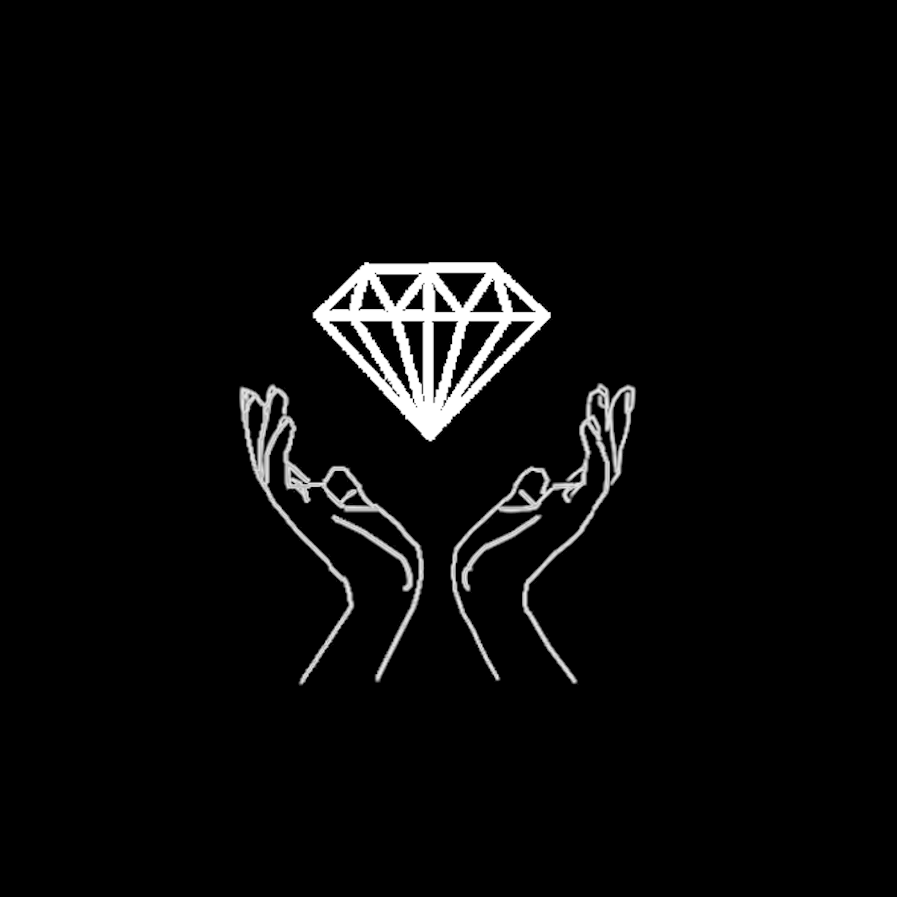Written by Ellen Ward,Elements Writer
The 3 Rs.
We are taught at an early age to reduce, reuse, and recycle. Reducing and reusing what we use may look like using reusable bags instead of plastic ones at the grocery store. This helps to eliminate the number of materials that could end up harming the environment, if not recycled correctly. When we do come across items that cannot be reused as easily, like glass or tin, recycling comes into play. But what is recycling, and what happens to those recyclables?
How does recycling work?
Recycling is the process of converting waste materials into new reusable objects. This process allows for less energy to be used extracting, mining, and logging raw materials which minimizes the amount of waste. When you put those newspapers and glass bottles into your recycling bin, they are picked up by the states ‘Waste Management Corporation’. From there the recyclables are taken to a Materials Recovery Facility (MRF).
Once at the MRF, the recyclables are tipped on to the floor for the second stage of the process. Once out of the truck and onto the floor, the material is then pushed onto a conveyor belt by a loader where it heads up to the pre-sort room. This room is used for front line workers to take out items that found their way into the bin by mistake. After passing through the pre-sort room, the cardboard found during this stage is filtered out. The recyclables still left go through 2 more sorting screens.
Newspaper and paper (known as fibers in MRF facilities) are then sorted out along with plastic bottles and metal cans. The fibers head to a conveyor where workers pull out boxboard and cardboard for separate recycling, as well as trash that may have gotten lost in the process. The plastic bottles and cans head to the ballistic screen where extra fibers are sorted out to allow the plastic and metal to make their way to a separate belt. Workers on the next line then sort through to find specific kinds of plastic that may be used for bottle caps or even fleece sweaters. Metals are then magnetized to a high-powered electromagnet which drops them down into a bunker below.
Packaging and selling of recyclables
After all the paper, plastics, and metal, are sorted out they’re each shaped into giant cubes that can weigh up to 1700 pounds each. These bales are then loaded onto trailer trucks and are then sold to companies who will recycle them into new material/products. The bales of recyclables go for different prices ranging anywhere from $30 to more than $700 dollars. On average the MRF sells about 4 million dollars worth of recyclables. Separate from the bales, glass gets broken down into small fragments with the help of a Trommel. These tiny glass bits are then used for road building projects as well as drainage projects.
Why recycling is important
Along with saving energy, recycling reduces greenhouse emissions that contribute to global climate change. Energy consumption is the biggest cause of these emissions, which in turn causes heat to be trapped in the earth’s atmosphere. In order to prevent the severity of the greenhouse effect and climate change, recycling is used to benefit the earth and help sustain it for future generations. I for one want my Children and Grand-children to experience healthy earth. What ways can you help in your community?
Want to learn more? Visit https://www.epa.gov/recycle for more info.
Works Cited
“Reduce, Reuse, Recycle.” EPA, Environmental Protection Agency, 12 May 2020, www.epa.gov/recycle.
Ellis, Rayne. “Recycling in the United States Is in Serious Trouble. How Does It Work?” Mashable, Mashable, 18 Aug. 2018, mashable.com/article/how-recycling-works/.
“Solid Waste and Recycling Services.” Go to Solid Waste and Recycling Services., recycle.georgetown.org/georgetown-resource-recovery-and-solid-waste-services/faq/recycling-how-does-it-work/.

